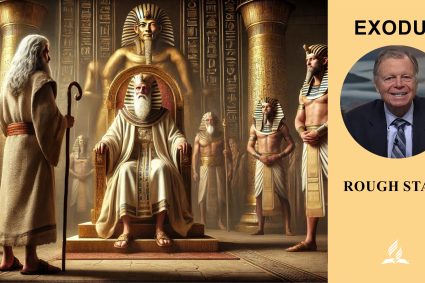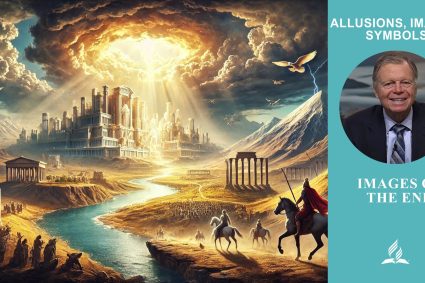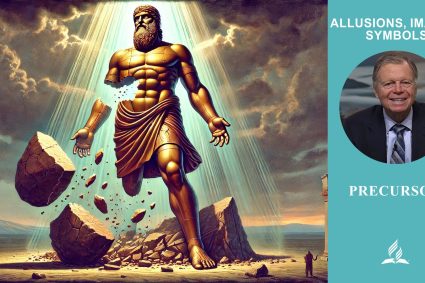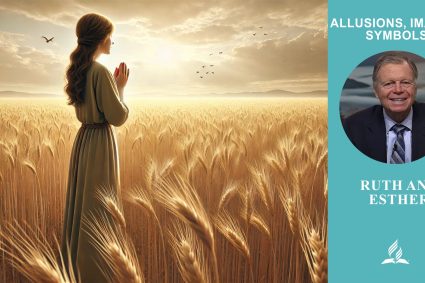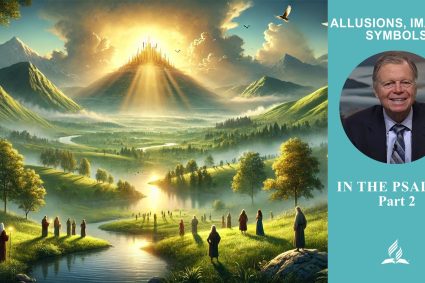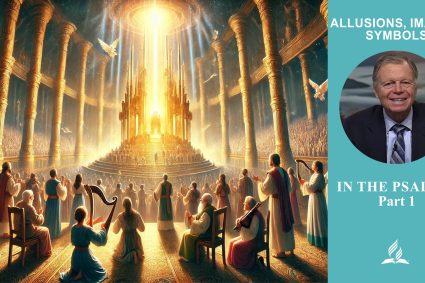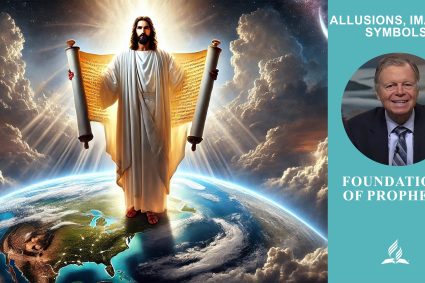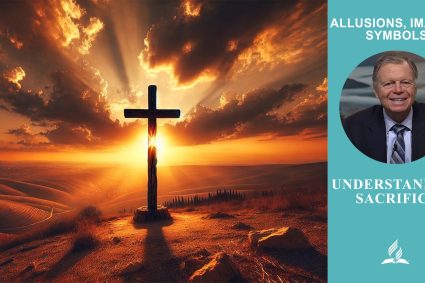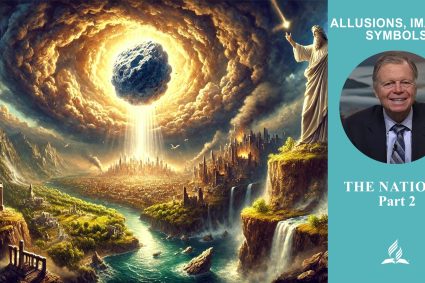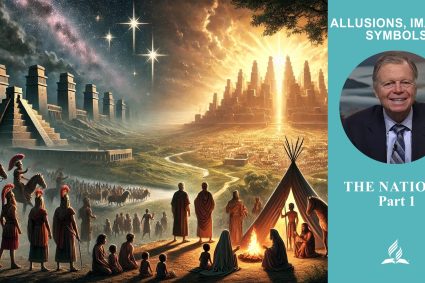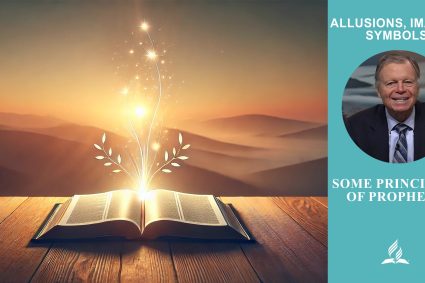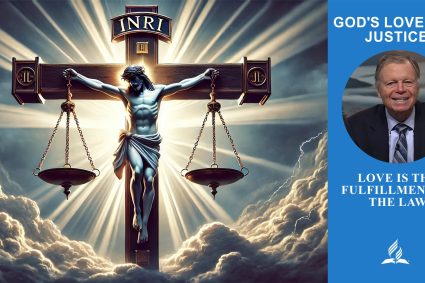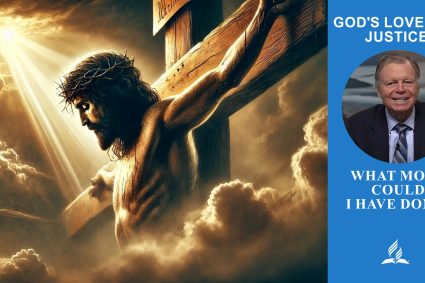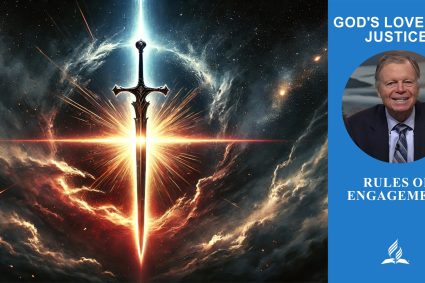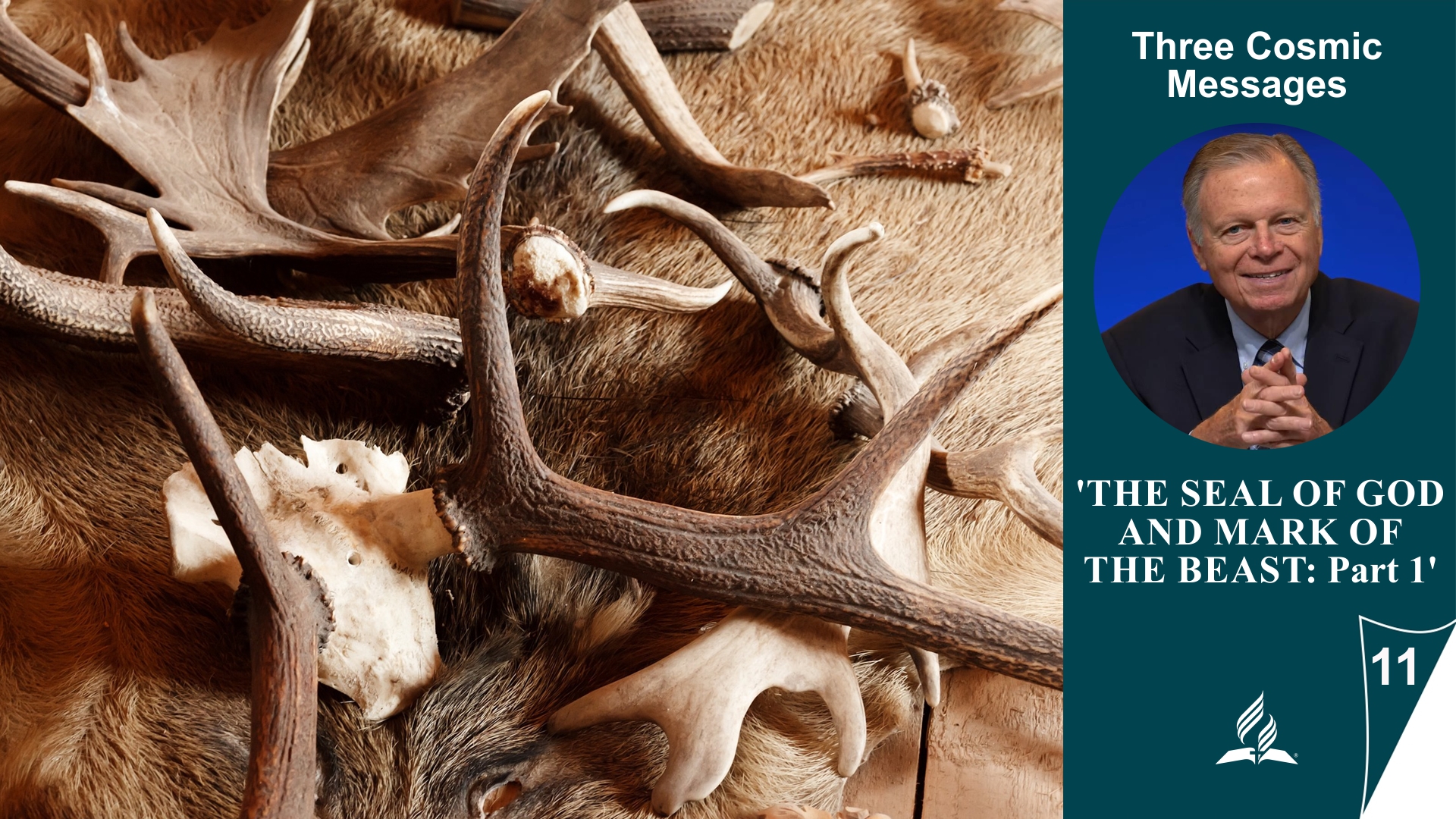
Series THREE COSMIC MESSAGES with Pastor Mark Finley |
Lesson 11: The Seal of God and Mark of the Beast: Part 1 |
Confrontation of Truth and Error: The Battle for Faith and Loyalty |
In Lesson 11, we will delve into the significance of the blasphemous power from Revelation and the unique role of Jesus Christ as our only true mediator between God and mankind. We will explore the differences between biblical doctrine and traditional views held by certain religious institutions. Through this, we will understand why it’s crucial to grasp the authentic message of the Bible and recognize the consequences of turning away from it.
Memory Text: Revelation 7:2,3 – Then I saw another angel ascending from the east, having the seal of the living God. And he cried with a loud voice to the four angels to whom it was granted to harm the earth and the sea, saying, ‘Do not harm the earth, the sea, or the trees till we have sealed the servants of our God on their foreheads.
Contents:
11.1 Steadfast Endurance
Faithfulness in the End-Time Conflict: Steadfast Endurance and Faith
Steadfast endurance is a hallmark of God’s end-time people according to Revelation 14:12. Despite facing intense persecution and resistance, by God’s grace, they will remain steadfast. They will uphold God’s commandments and preserve the faith of Jesus, exemplified in the conflict between worshipping the Creator versus the beast. The Sabbath will be central to this battle. Biblical passages from Romans, Ephesians, and Colossians teach that a life lived in faith is transformed by God’s grace, bearing fruit in a dedicated follower of Jesus who remains faithful unto death.
11.2 The Cosmic Struggle
Steadfast Faith Amidst Cosmic Testing
The cosmic battle, depicted in Matthew 27:45-50, reveals the profound loneliness and suffering Jesus endured on the cross. Despite feeling forsaken, Jesus continued to trust unwaveringly in His heavenly Father, encapsulating the essence of “the faith of Jesus.” This steadfast faith, which remains unshaken in darkness and amidst suffering and pain, is a gift that can sustain us through future crises. It reminds us that deeply rooted faith, strengthened through daily experiences, is crucial for worshipping Christ and remaining steadfast during challenging times. Every present challenge overcome in faith contributes to the spiritual maturity and fruitfulness of our lives.
11.3 The Ungodly Chain
Encouragement Amidst Testing: God’s Protection in the Face of Persecution
The prophecy about the mark of the beast in Revelation 13 unveils a grim vision of religious persecution, economic boycott, and ultimately, death sentences for those who refuse to accept the mark. Despite these distressing prospects, the message is also a source of encouragement. God will protect and preserve His faithful people who uphold His commandments and believe in Jesus, even during the harshest times. This prophecy reminds us that religious intolerance and persecution have existed since the dawn of human history and that God’s love and support will fortify us through upcoming challenges. It’s crucial to remain steadfast in faith and not be swayed by compromises away from the truth.
11.4 Those Who Follow the Lamb
Between the Beast and the Lamb: A Crucial Choice
The first beast in Revelation 13 derives its authority from the dragon, symbolizing Satan. This transfer of power is mirrored in history, where the Roman Empire exercised dominance and control over Christ. Historians and biblical interpretations suggest that this earthly power later culminates in papal Rome. Despite the allure and influence of the beast and its dragon, believers are urged to follow the Lamb, symbolizing Jesus. This dichotomy between those who follow the beast and those who follow the Lamb presents a clear choice: one is either for Jesus or against Him. It underscores the importance of remaining steadfast in faith and persevering for Christ until the end.
11.5 Jesus: Our Only Mediator
Blasphemy and the Uniqueness of Christ as Mediator
Revelation portrays the beast as a blasphemous power emerging from pagan Rome, arrogating divine privileges to itself. Blasphemy involves seeing oneself as God or equal to God. Religious leaders also accused Jesus of blasphemy because He identified Himself as God’s Son and mediator between God and mankind. In contrast, the Roman Church claims to act as mediators through the pope and priests, which, according to biblical understanding, constitutes a form of blasphemy. It’s vital to recognize that there is only one true mediator between God and mankind: Jesus Christ. Any attempt to supplant or elevate oneself above Jesus constitutes a serious departure from biblical truth.
11.6 Summary
Jesus as the Sole Mediator: A Contrast to the Blasphemous Power
In Lesson 11, the beast from Revelation is identified as a blasphemous power emerging from pagan Rome, claiming divine privileges for itself. In contrast, Jesus, as the only true mediator between God and mankind, is often misrepresented and accused by religious leaders and institutions. While the Roman Church views the priest as a mediator, the Bible emphasizes that only Jesus Christ can fulfill this role. It’s crucial to understand the significance of blasphemy and affirm the uniqueness of Jesus as the true mediator and Son of God.
(Visited 110 times, 1 visits today)

